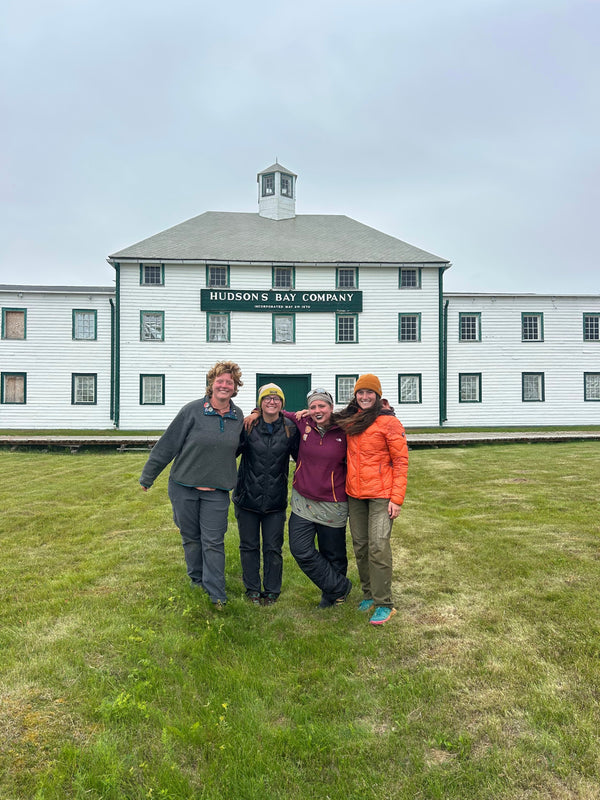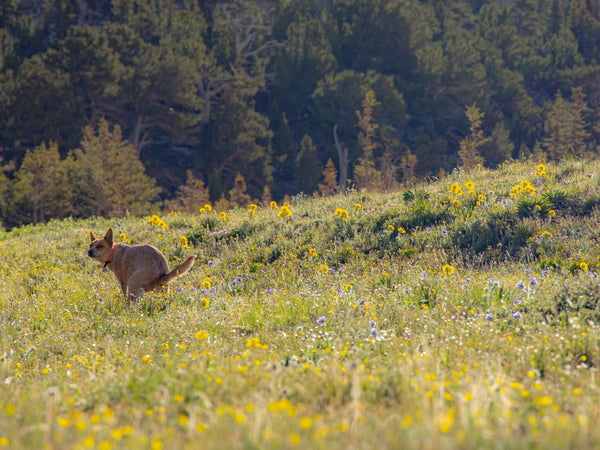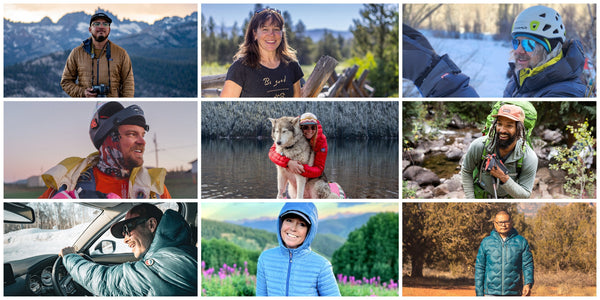Big Agnes and the Continental Divide Trail Coalition have been working together for several years already. We’ve volunteered employees and works hours helping maintain, re-build and clean up parts of the trail, and most recently we adopted 75 miles of the trail that runs through our backyard from Rabbit Ears Pass to the Wyoming border, northwest of our hometown of Steamboat Springs, CO. Here’s what Teresa from the CDTC had to say about the organization, why trail adoption is so important, and what our responsibilities for our section are.

Big Agnes: How long has the CDTC been an organization and how did it get started?
CDTC: CDTC formed in 2012 after the closure of the Continental Divide Trail Alliance (CDTA). When CDTA closed, Teresa Martinez, Bryan Martin, Kerry Shakarjian and Josh Shusko, all previous employees and colleagues at CDTA, realized they couldn’t let the grassroots effort to support the CDT “fall on their watch”. So together they formed CDTC. The goal was to bring together the grassroots community who cared not only about the CDT but believed in creating an organization that could support the CDT in perpetuity. On June 14, 2012 CDTC incorporated and launched with $4 from Josh Shusko’s dining room table.

In the summer of 2013, as a testament to the grassroots vision of the organization, CDTC launched an Indiegogo campaign to put into practice the “grassroots” vision of the organization and raise the funds necessary to officially launch the organization and hire their first employee. On July 5, 2013, CDTC met and exceeded their $35k campaign goal. In August of 2013, CDTC hired Teresa Martinez as the Executive Director, and ran their first Trail Project to celebrate National Public Lands Day. Today, CDTC has a half-million dollar budget, 8 employees, represents nearly 2,000 members, and over 500 volunteers. We support 10 designated gateway communities, run at least 10 annual volunteer projects, and have dedicated nearly $1.5 million in volunteer labor toward the stewardship of the CDT!
Big Agnes: How many volunteers are on-trail in a given year?
CDTC: The total number of volunteers ranges between 250-350 annually. We have between 175-250 adopters and project volunteers, 50-100 community volunteers working in our growing gateway community programs to support the CDT in their towns, plus an average of 50 volunteers who support other aspects of CDT work including in our office, collecting field data and supporting our other programs.

Big Agnes: Why is trail-section adoption important?
CDTC: Trail adoption is critical to the long-term sustainability of the CDT. Once any trail is built, that is only the beginning of a long-term commitment to the trail. Because of shrinking agency budgets and increased duties, agencies have less support to provide to on-the-ground projects. Trail adoption helps accomplish the backlog of trail maintenance but also supports our federal agency partners in the daunting task of maintaining the CDT. Volunteers are able to fill in where federal agencies cannot, and therefore it is a team effort that needs volunteers to be successful. Trail adoption also helps provide on-the-ground knowledge of long term needs and issues, and helps us stay on top of local trail conditions. Finally, it engages the grassroots-based community in the day-to-day stewardship of the CDT and reminds us all that these are our public lands and we have a role to play in the management!
Big Agnes: What does a day spent volunteering with the CDTC typically look like (blazing, trail maintenance, etc.)?
Usually an early morning at the trailhead with a quick review of safety concerns. Then we strap on our backpacks with our tools and gear for work, along with our lunch and water and head out to work. Work can vary from light clipping and snipping of overgrown vegetation, to sawing out large fallen-down trees, and digging out water bars or cleaning out grade dips. Sometimes it can be more strenuous work if the trail condition warrants it, like major trail reconstruction after a large weather event, and sometimes it’s a nice hike with minimal work simply cataloging the trail conditions and repairing a cairn, or replacing a few signs. Then it’s back to the trailhead and maybe heading to town for a quick bite and beverage!

Big Agnes: Of the 3,100 miles of the CDT, how many miles do you estimate still need blazed/marked?
CDTC: 350 miles still need to claimed for “blazing” in 2018. We expect 1,100 miles will be signed in 2018.
Big Agnes: What are the most important things for Big Agnes to keep in mind for our trail section? (Blazing is needed, trail work is needed, seasonal maintenance, growing awareness, etc.)
CDTC: The segment between Rabbit Ears and the Wyoming border has a little bit of everything. Near Rabbit Ears, the trail can become overgrown and so managing annual vegetation growth is of concern. This probably should be done before wildflower season. After Buffalo Pass most of the work on trail will be addressing erosion and signing issues. There will probably also be lots of dead-fall due to beetle-infestation issues. Once in Wilderness, the trail is high and not in need of tons of work, except to manage cairns and possible tread erosion. North of the Zirkel’s you get back into heavily forested areas where dead-fall and vegetation clearing may be important. Through the entire segment signing will be critical.

Some segments will require annual maintenance and maybe even twice-a-year clearing, while other segments may only need walk-throughs. After a few years, I will suspect you will know so much about the trail segment you will be able to plan ahead what is needed and when–which is the coolest part of being adopters: You become the experts on your segments and the most powerful voice for advocating for the CDT!
We can’t wait to break out our backpacks and hiking boots and spend some time sleeping in the dirt while we maintain or very own section of the CDT!
For more information on the CDTC visit them HERE.


 English (EUR) | EN
English (EUR) | EN 


